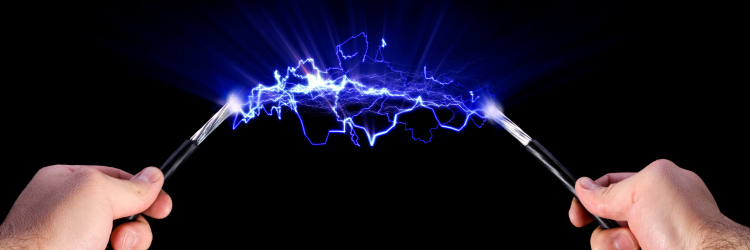Watch: Sticking Materials Together Using JUST Electricity
In the study “Reversibly Sticking Metals and Graphite to Hydrogels and Tissues” published in ACS Central Science, researchers discovered a groundbreaking method to bind hard and soft materials without the use of traditional adhesives like tape, glue, or epoxy.
By applying a small voltage to objects, chemical bonds are formed that securely attach these objects together. Remarkably, reversing the electric current’s direction allows for the easy separation of the bonded materials. This technique, known as electroadhesion (EA), presents a significant advancement in various fields, including the creation of biohybrid robots, improvements in biomedical implants, and the development of new battery technologies.
The key to this electroadhesion effect lies in running an electric current through two materials, causing them to stick together through attractions or chemical bonds. The study demonstrated that for EA to occur, the hard material must be able to conduct electrons, while the soft material needs to contain salt ions.
The research showed that this method can securely bind materials like metals and graphite to gels, animal tissues, and even fruits and vegetables under certain conditions, and even underwater, expanding its potential applications. Some materials, however, like titanium and grapes, which hold onto electrons tightly or contain more sugar than salts, respectively, were less effective in adhering. This innovative approach opens up new possibilities in the realms of battery technology, biohybrid robotics, and biomedical enhancements.

